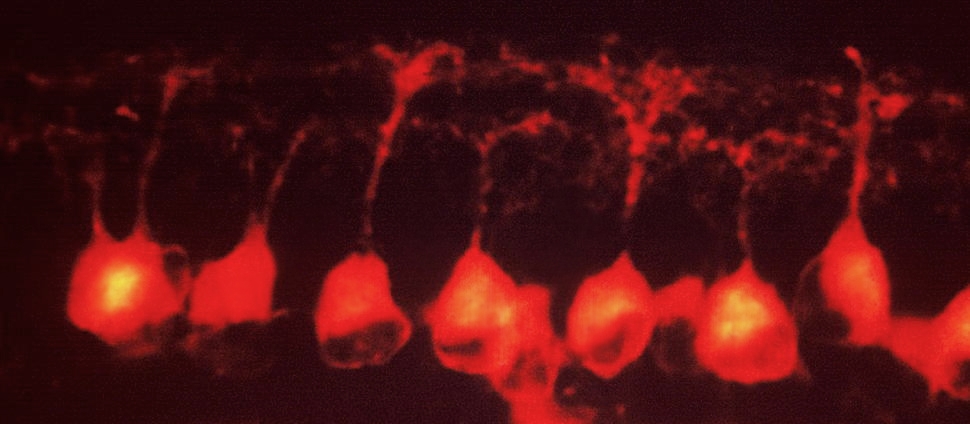Document Type
Article
Publication Date
7-1-2020
Publication Title
Journal of Medical Entomology
Abstract
The carboxamide N,N-di-ethyl-meta-Toluamide (DEET) is the most effective and widely used insect repellent today. However, drawbacks concerning the efficacy and the safety of the repellent have led to efforts to design new classes of insect repellents. Through quantitative structure-Activity relationships, chemists have discovered two chemical groups of novel repellents: The acylpiperidines and the carboxamides, with the acylpiperidines generally more potent in biological assays. Although the exact mechanism of action of DEET and other repellents has not yet been thoroughly elucidated, previous research shows that the activity of insect odorant receptors are inhibited in the presence of repellents. The present electrophysiological study employs two-electrode voltage clamp with Xenopus laevis oocytes expressing AgOR2/AgOrco and AgOR8/AgOrco receptors to assess the effects of the novel repellents on Anopheles gambiae Giles (Insecta: Diptera: Culicidae) mosquito odorant receptors. The novel acylpiperidines and carboxamides reversibly inhibited (12-91%) odorant-evoked currents from both AgOR2/AgOrco and AgOR8/AgOrco receptors in a dose-dependent manner at all tested concentrations (30 μM to 1 mM). Furthermore, all the novel agents were more potent inhibitors of the receptors than DEET, with the acylpiperidines producing on average greater inhibition than the carboxamides. Interestingly, there was a correlation (r2 = 0.72) between the percentage inhibition of AgOR2/AgOrco receptor currents and protection times of the acylpiperidines. Our results add to existing evidence that the repellency of a compound is linked to its ability to disrupt the insect olfactory system and that the acylpiperidines could represent a class of more effective alternatives to the current gold standard, DEET.
Keywords
DEET, odorant, oocyte, receptor, repellent
Volume
57
Issue
4
First Page
1032
Last Page
1040
DOI
10.1093/jme/tjaa010
ISSN
00222585
Rights
© The Author(s) 2020
Version
Version of Record
Recommended Citation
Grant, Gariel G.; Estrera, Rachel R.; Pathak, Narendra; Hall, C. Dennis; Tsikolia, Maia; Linthicum, Kenneth J.; Bernier, Ulrich R.; and Hall, Adam C., "Interactions of DEET and Novel Repellents with Mosquito Odorant Receptors" (2020). Neuroscience: Faculty Publications, Smith College, Northampton, MA.
https://scholarworks.smith.edu/nsc_facpubs/31



Comments
Archived as published. Open access article.